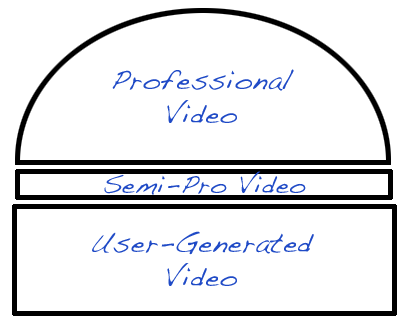As a self-professed fantasy sports junkie for over 20 years, I’ve always followed the fantasy industry and have marveled at how something that was a fringe, little-known hobby in the late 1980’s has now blossomed into a multi-billion dollar annual industry. I remember being a young teenager and waking up at 5:30am on Monday mornings to greet the paperboy so I could anxiously get access to the boxscores and statistics that were only available in the daily newspapers. Today, you can have just about every statistic imaginable at your fingertips the moment it happens 24/7, thanks to the internet. The internet is ‘the’ reason fantasy sports has reached such widespread popularity. How serious are fantasy sports players about managing their teams? Very serious. The Wall Street Journal recently covered a stats venture called Inside Edge that has helped Major League Baseball teams win the world series, and are now focused on giving fantasy players access to the same ‘insider’ information the professional teams use.
Inside Edge would also contribute to the next four World Series champions – the Yankees from 1998 to 2000 and the Arizona Diamondbacks, who signed up before the 2001 season. Now they hope the general public will also pay for their services. As an example, they point to their “well-hit average” statistic charting how often a hitter hits the ball hard (whether he reaches base or not). “The average hitter has a batting average of .262 and a well-hit average of .230,” according to says Kenny Kendrena, Inside Edge’s product and marketing director. Examining batters with a lower batting average and a higher well-hit average should lead the fantasy owner to some players who are just getting unlucky and due for a breakout. According to Inside Edge’s numbers, this season’s least lucky players are the Orioles’ Ramon Hernandez (.240 BA, .302 WHA), the Pirates’ Adam LaRoche (.221 BA, .269 WHA) and Jim Thome of the White Sox (.227 BA, .261 WHA).
The company couldn’t have its stats without its scouting. Inside Edge employs 30 to 35 former professional baseball players, mostly guys who never made it out of the minors. (“Chad Curtis’s brother works for us,” says Mr. Istre.) They chart every pitch and every swing of every big-league game. That sounds easy, but it can be maddeningly complicated. Imagine Barry Zito pitching to Jason Bay. Say Mr. Zito throws a curveball out of the strike zone with his first pitch, Mr. Bay makes good enough contact for it to be a hit, but Omar Vizquel makes a great play and throws Mr. Bay out. For a scorekeeper, it’s recorded as a simple out. But an Inside Edge scout has to note that Mr. Zito threw a curveball, that it was the first pitch, that Mr. Bay swung at a pitch outside of the zone (which ups his overall “chase percentage” while counting as a pitch out of the zone for Mr. Zito), that it was well-hit (upping Mr. Bay’s “well-hit average”) and that it was recorded as an out. And all of this has to be noted before Mr. Zito throws his next pitch.
Full article: WSJ
Yes, the Wall Street Journal now has a ‘Fantasy Sports Expert’ on staff.
Craziness.


